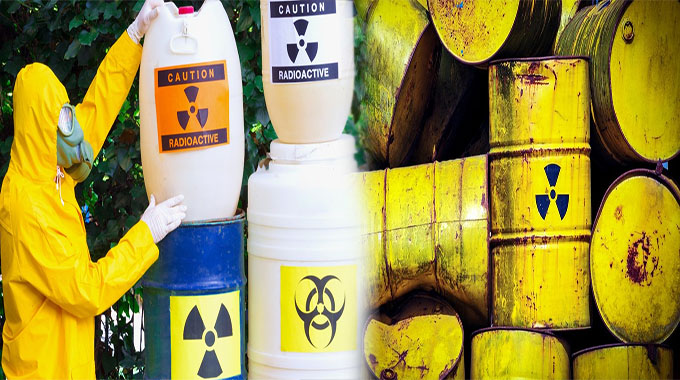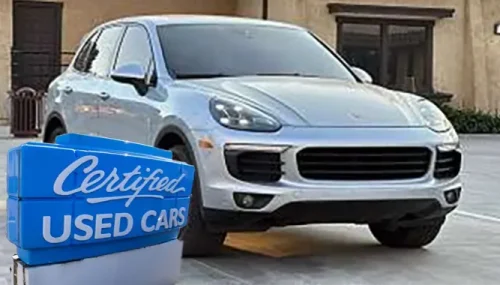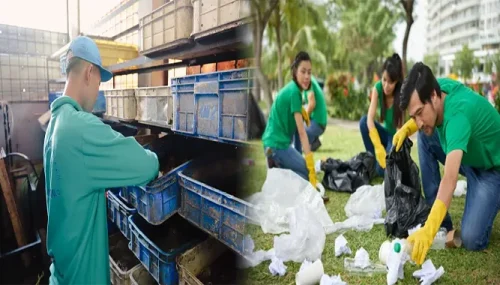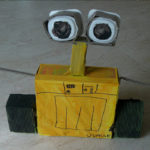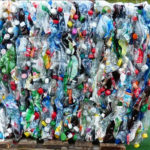How to Manage Hazardous Waste Safely
Hazardous waste is waste that can cause environmental or health problems if not disposed of properly. In this guide, we’ll go over the different types of hazardous waste and how to manage them safely.
Identify the different types of hazardous waste.
Hazardous waste is a broad category, and can include anything from medicines to leftover paint. Common examples include:
- Paint thinners and solvents
- Used motor oil (from cars, trucks, lawn mowers)
- Antifreeze/coolant from car radiators or air conditioners
If you’re not sure if something is considered hazardous waste or not, check out the EPA website for more information on how to identify various types of hazardous materials. Once you’ve identified what type(s) of hazardous material needs disposal, follow these steps:
- If possible try to reuse or recycle them first–this helps prevent their release into landfills where they could contaminate groundwater supplies or harm wildlife who come into contact with them

